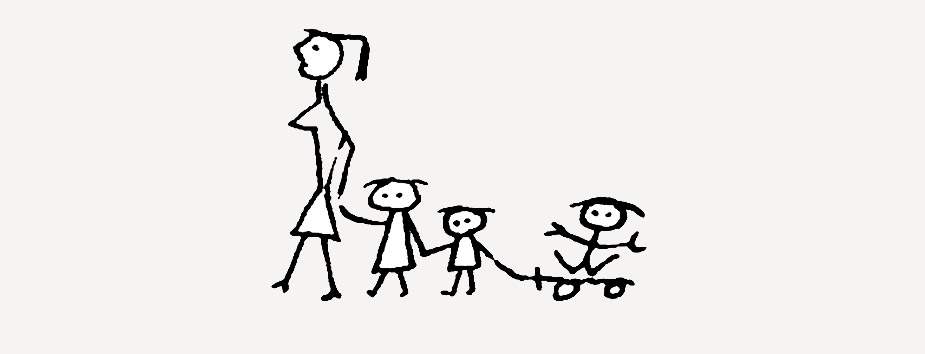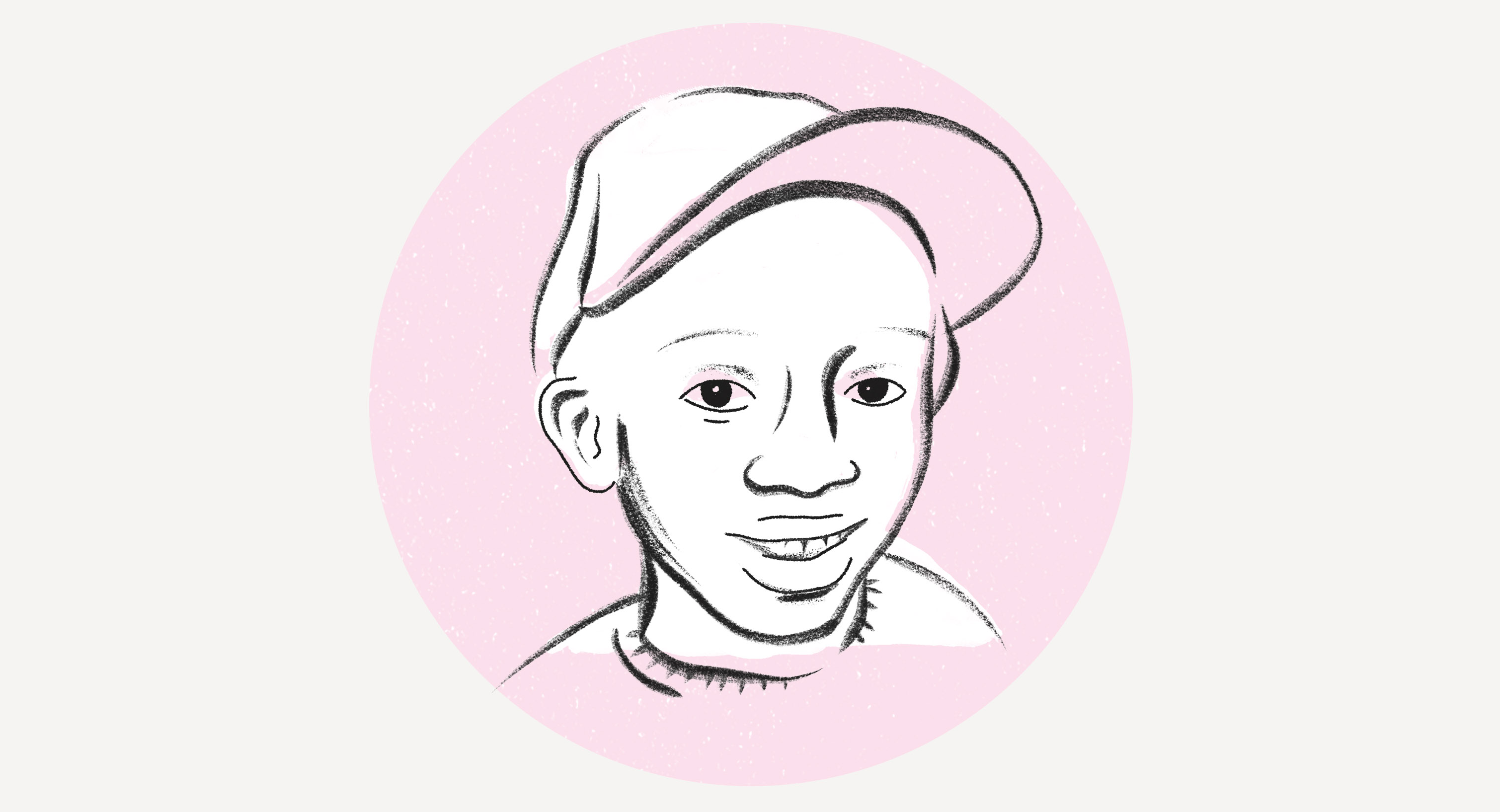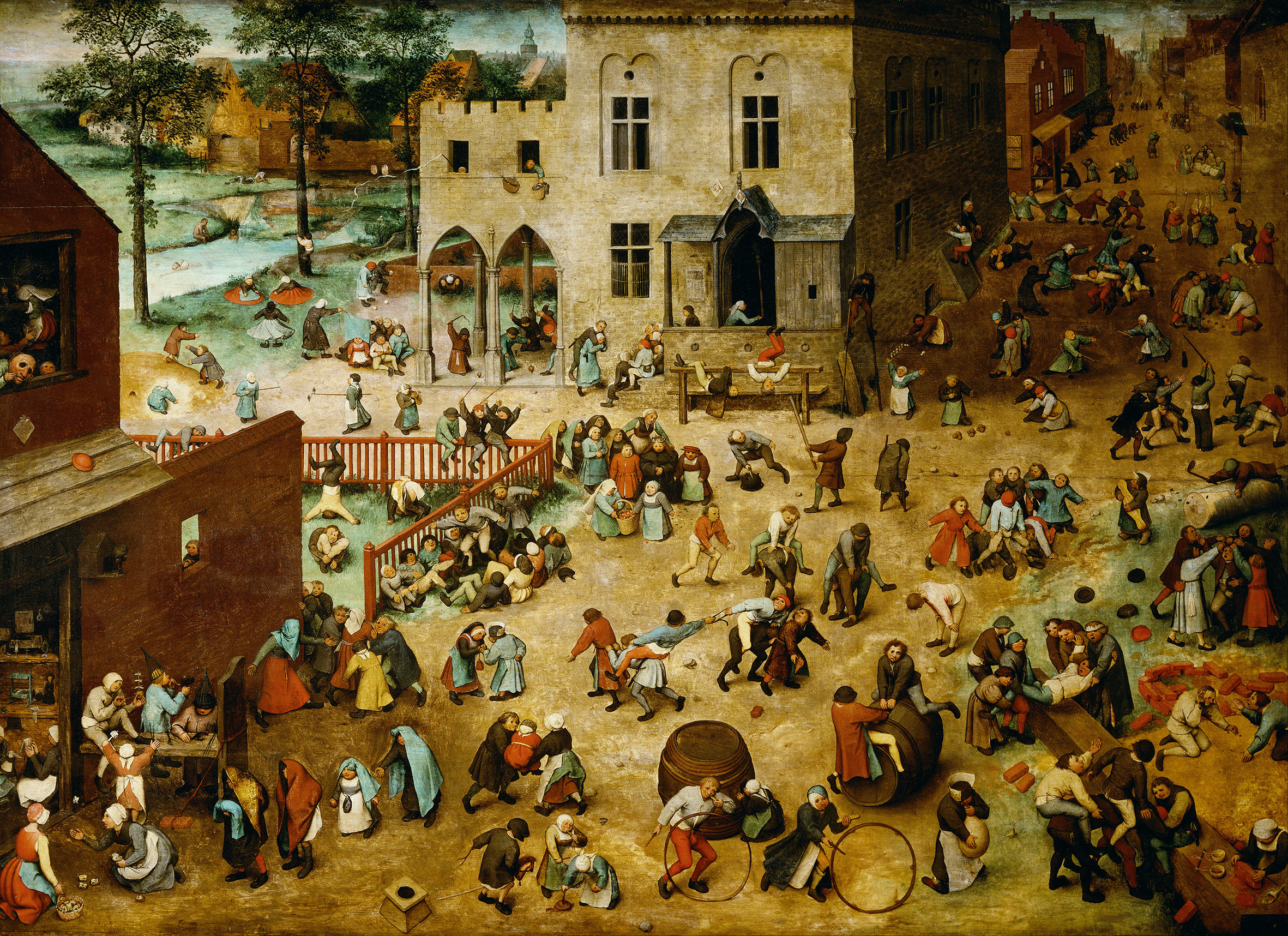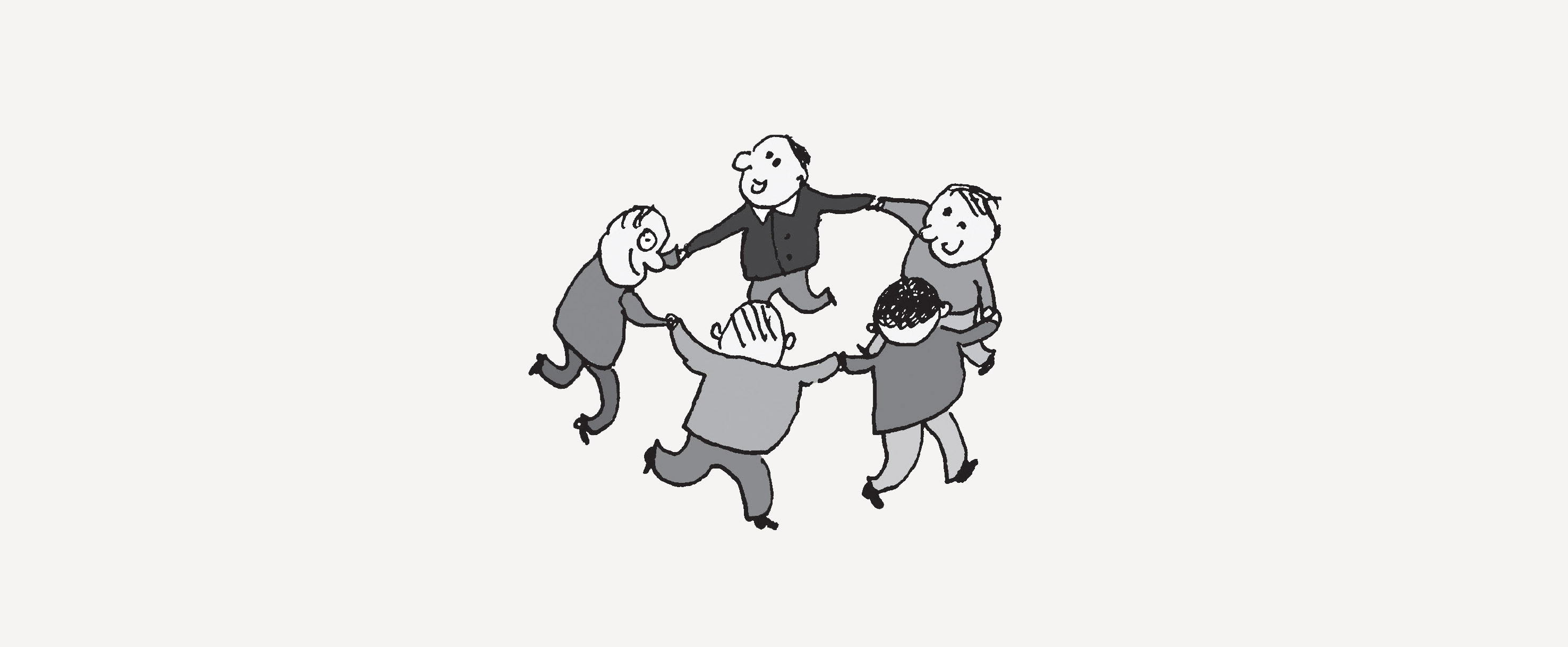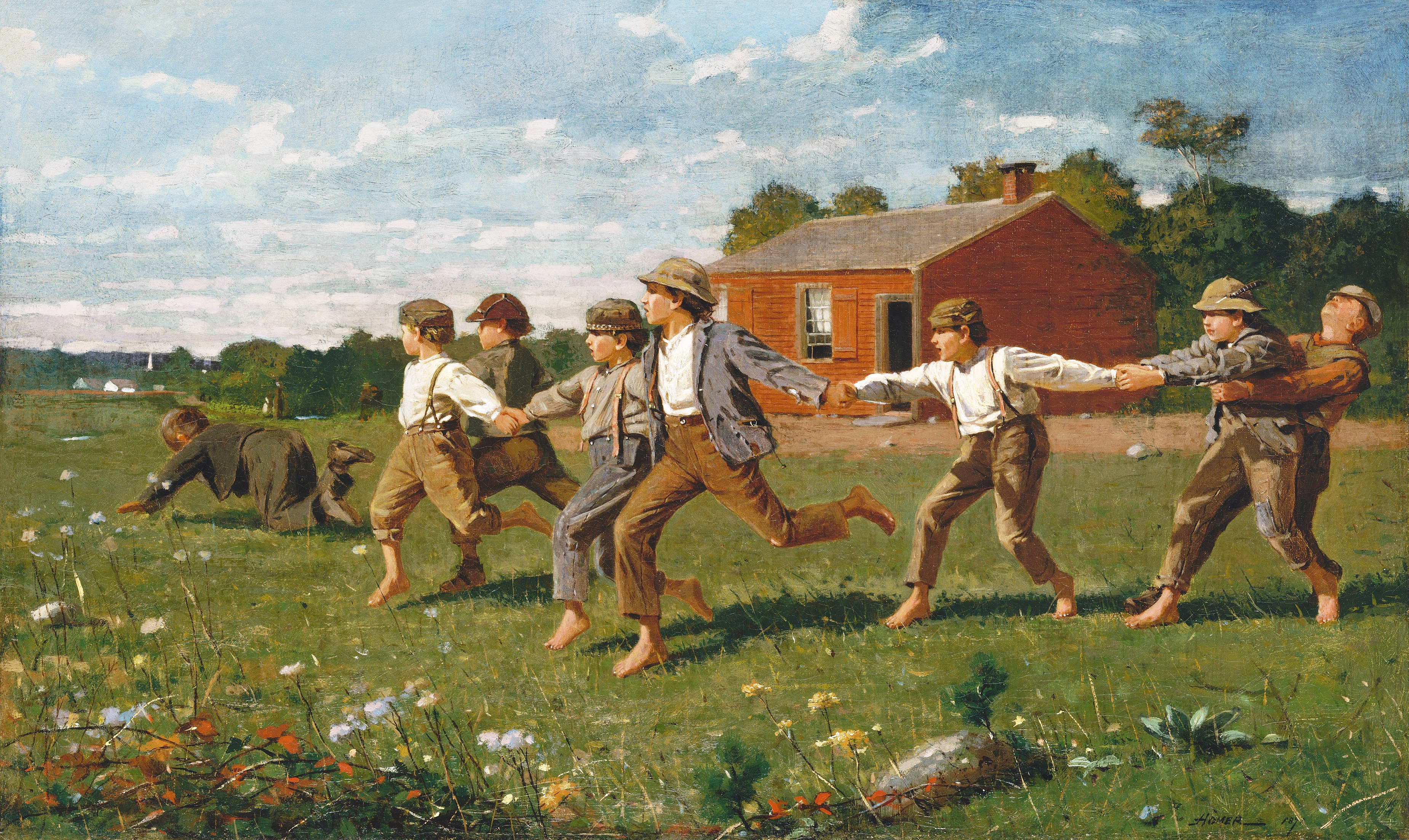
Even if your brain has already lived through the phase of the great synaptic pruning (meaning that you’re an adult), do not neglect playtime. As children play, they learn something new about life, while the adults… well, see for yourselves.
Our new yellow armchair came in a huge cardboard box. Next thing I knew, the kids were pushing the empty box through the door to their room. First, they debated half the day as to what they should do with it. They drew their ideas on paper and argued. Then they grabbed the paints, some crepe paper, glue and scissors. And all of a sudden, we had become the owners of a small space station; on board, our offspring were preparing the conquest of Mars. Then the box was a horse stable. And then a rather squarish Death Star, right after the premiere of the final Star Wars film. After a number of conversions, the box finally gave in when one of the walls rotted through. The children protested a bit, but they finally allowed me to throw the remains in the rubbish. None of the other toys bought in abundance by their grandparents, friends or by ourselves had been able to preoccupy them for so long and so effectively.
A million ideas a minute
I observed my children with growing fascination and a somewhat sentimental feeling. Where did the times go when I was able to express such interest in an ordinary box? And then magically create an entire new world with it? “There was a time that we, too, were able to build anything we wanted with two blankets in the yard, from a teepee to a princess castle,” says Joanna Kwaśniewska to cheer me up; she is a psychologist from SWPS University in Warsaw who specializes in creativity. She reminds me that children’s brains are different to adult brains. As Sarah-Jayne Blakemore writes in her book, Inventing Ourselves: The Secret Life of the Teenage Brain, “Indeed, the brains of animals, or young children, contain vastly more synapses than the fully matured brains of adults. This overproduction of connections is a universal development process.” The number of connections decreases as we mature. The researcher continues that “the reduction occurs via a process called synaptic pruning. Synapses that are being used in a particular environment are retained and strengthened; synapses that are not being used are ‘pruned’ away. The process of synaptic pruning is analogous to pruning a rose bush: weaker branches are pruned in order that the remaining branches can grow stronger.” However, until this pruning occurs, the brains of our youngest are intensely developing; children absorb everything, they experiment and create. Who doesn’t recall the spoon or rattle picked up from the floor for the hundredth time, only to have your ‘young scientist’ promptly throw it back down, thereby testing the hypothesis of ‘Will it fall down this time too or not?’ “So-called divergent thinking works splendidly in children, meaning that they can freely come up with any number of ideas,” Kwaśniewska explains. That is why they can magically create a space station, stable and a robot from a single cardboard box. “In adults, we see an increase in the capacity for so-called convergent thinking, which assesses an idea according to real criteria. Fortunately, most children do not have such a strong sense of criticism,” the expert notes.
Great, but what do we need all that for? Why do we need to come up with 1001 ways to use a cardboard box? Why do we need to use up tons of paint and make an enormous mess while we’re at it? Yes, I know, I am assuming the role of devil’s advocate here, but I’m sure that many parents have experienced moments of frustration when they had to restore the house to working order after yet another intense play session. In our case, it often meant not only cleaning, but also patching holes or repainting walls. My mother summed it up by saying that “the priest forgets that he was a clerk”, and reminded me of how as a child I stuffed one of my dolls full of shots containing my own home-made ‘medication’, to the point that the poor thing simply rotted away.
Once we become adults, we often start to consider children’s play as a hard-to-grasp extravagance. An activity that consumes loads of energy and is the cause of injury and disorder. What’s the purpose? In his book, Homo ludens (Latin for ‘person at play’), which discusses the play element of culture, Dutch historian Johan Huizinga admittedly wrote that “not being ordinary life, [play] stands outside the immediate satisfaction of wants and appetites, indeed it interrupts the appetitive process. It interpolates itself as a temporary activity satisfying in itself and ending there.” But are we really sure of that?
Scientific high tea at the Mad Hatter’s
The Baby Lab of the Institute of Psychology of the Polish Academy of Sciences in Warsaw does not bring to mind a laboratory. Instead of microscopes and test tubes, its rooms are filled with toys. I spy on a mum and her child in one of the rooms as they prepare tea: they pour some imaginary tea into cups and cut plush vegetables on a cutting board using a plush knife. If it wasn’t for the fact that they had small cameras fastened to their heads, following their gaze, while accelerometers noted their body movement, I could have sworn that I was in a scene from Alice in Wonderland. Mind you, Przemysław Tomalski, a professor at the Institute, does not in any way resemble the Mad Hatter. Yet when I ask why scientists are actually researching play, he smiles much like the Cheshire Cat. “When we seat a parent with a small child on the floor, give them some toys and tell them to play like they would at home, we can observe not only how they play, but also how they interact with each other, how they coordinate their attention, how they communicate,” he explains. As it turns out, play is fundamental for our development.
Tomalski knows what he’s talking about; already during his doctorate studies, at the Centre for Brain and Cognitive Development at Birkbeck College in London, he observed children at play to detect early signs of autism. In Poland, one of the areas he studies is how children coordinate with their parent. “One of the most important skills needed is to have the child learn to look at the caregiver’s face and then follow his or her gaze, so that the child can conclude that Oh, the thing my mum is looking at is important; ahh, she says it’s a ball. That’s how the child learns to control attention, as well as language,” the researcher explains. A special kind of dialogue develops between the child and the parent, which includes something called dyadic joint attention. In the first year of their lives, children put a lot of effort into this process; yet despite this, they are rarely able to coordinate their attention with a parent. This entire play process is recorded by Tomalski’s team, and then researchers watch the film in slow motion, trying to ‘decode’ the moments when the parent and child both look at the same object, touch it and play with it. Although small children still can’t talk, they are extremely sensitive to parents’ adequate reaction to their attempts to communicate. “When in the course of one of the studies, recorded responses of mothers were played back to children attempting to communicate, the children immediately recognized that the mother was reacting automatically and not in response to their specific messages, and they would furrow their eyebrows and tighten their lips to indicate unease. It’s as if they wanted to say: ‘Goodness, she’s not listening to what I’m saying to her.’”
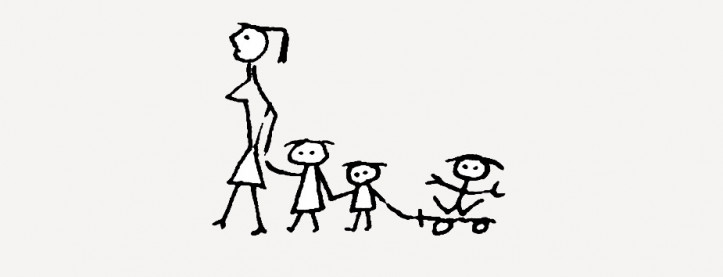
A key element of the study is the observation of ‘pretend’ play. “So when you’re having a pretend party, imagine you have some tea and biscuits. And even guests coming to visit. What’s more, coordinate your pretend activities; for example, one of the people playing pours the tea, and the other passes it out to the guests. Two-year-olds are already capable of doing activities like that, while the lack of that skill can suggest issues with development,” the professor explains.
Simulator of reality
Of course, when we play in a ‘pretend’ world, attention is not the only thing we’re practising. “Playing is like a simulator of reality for children; as a result they learn how to behave in real social situations,” says Tomalski. And such behaviour is exhibited not only by young humans, but by all young mammals, from lions to otters; as they play, they practise proper conduct in safe conditions, which will be useful to them later in life. Sergio Pellis, a neurobiologist from the University of Lethbridge in Alberta, Canada studied rats that never played in childhood. He noticed that they had weaker connections between neurons in the prefrontal cortex, or the area of the brain that is responsible for planning, rational thinking and higher emotions.
Motivation is a different issue all together. Tomalski tells me to imagine that I am sitting in a robot that I don’t really know how to control: “There are so many levers and knobs here, but you don’t know how to use them. For infants in their first year, the body is such a robot; they would like to do more with it than it allows them to. You’d like to look at an interesting toy, but mum’s face is so attractive that it’s hard to take your eyes off it; you’d like to reach out for that hanging toy, but how do you control your hand to reach it? What do you do? You try! Many times! Try to look at the world through the eyes of a child. Linda Smith from Indianapolis University installed cameras on children’s heads to record the perspective from which they see the world. It turned out that children are like Alice in Wonderland, who ate the cake and everything around her became huge: tables, chairs, toys.”
I reply with a sigh: “It’s a good thing we don’t remember how frustrating it is to be a child.”
“Now you understand how super-important playing is, since it motivates us to overcome all these difficulties! If we were to look at the nuts and bolts of play, we would find an ideal training environment that constantly involves action and attention, and provides new challenges that help you train cognitive skills; so, for example, you learn by imitating the sequence of actions performed by an adult that to open that strange box, you have to put an object into the hole and turn it. And you have that other person who you can interact with and share the fun that playing gives,” lists Tomalski.
Be your own film director
Greeting me at the doorstep are an overjoyed dog and a slightly less happy husband. The children, who had spent the entire afternoon in the garden, built an obstacle course on which they practised jumping along with the dog. Unfortunately, they ran off shortly thereafter, leaving their father with the clean-up. This is one of those moments when I envy those of my friends who, after the daily marathon of after-school activities, do not need to clear the living room of the piles of Lego blocks, because their children don’t have any more energy left to play at home. Well OK, I actually don’t envy them at all. Rather, I feel sorry for them, because the lack of time for free play is one of the greatest ills of today’s children, who have their schedules planned nearly as perfectly as their parents do. Studies conducted by Fisher-Price suggest that out of 5.5 hours of playtime daily, children structure their time independently during one hour only. 73% of parents of three-year-olds declared that they feel pressured to structure their children’s time. Why? Because it’s too valuable to waste on non-productive wandering about the garden or dabbling in a puddle. “Playfulness has been replaced by aggressiveness and the feeling that more needs to be crammed into less time,” notes Garry Chick, an anthropologist with Penn State University. To develop properly, our brain sometimes needs to quite simply be bored once in a while.
Neurologist Marcus Raichle observed that during intellectual effort, the activity of the hippocampus, prefrontal cortex and the so-called precuneus (a structure of the cerebrum that is key to the conscious processing of information) decreases. Raichle recommended to the respondents that they be bored for a while. After this ‘session’, the mentioned areas of the brain were active and well supplied with blood. The neurologist suggests that in blissful doing-nothing mode, our brain not only rests, but also organizes acquired information and is capable of creating new solutions.
Joanna Kwaśniewska adds that “during free play, the child learns to make decisions independently; the child is both director and actor. This feeling of agency already develops in the planning phase, when children imagine, for example, what they will make the blackboard or desk from or what they will teach to the dolls; this feeling fully develops during play.” As David Whitebread, a psychologist from the University of Cambridge warns, constantly structuring children’s time and thus depriving children of this pleasure can lead to problems at school, less independence and issues with creative problem-solving. Such children, deprived of self-regulation training, have a harder time managing their emotions, or are overly stimulated. Michael Gazzaniga, a psychologist from the University of California Santa Barbara, came to similar conclusions. He explains how the act of composing or improvising something by ourself can trigger a number of important cognitive processes, such as perception, learning, memory, attention, motor skills, emotions, abstract thinking and theory of mind.
The approach adopted by the parent is key here. Studies conducted by Kwaśniewska prove that the creative development of a child also depends on the personality of the caregiver: “Parents who are more open to a variety of experiences increasingly stimulate the curiosity of children and encourage them to try new things.” Kwaśniewska emphasizes that when playing with children, we should assist them, but we mustn’t assume control. When her daughter established a girls’ club that cleans up the forest nearby, her role was limited to the purchase of T-shirts and garbage bags, and the supervision of the group in the woods. “Give your child a shovel, but don’t build a sand castle for him or her,” she urges. She does not doubt that many of us would build ‘the coolest castle ever’ for our offspring, yet for the development of the child, the most important thing is trying and learning from their own mistakes. “What motivates us as people to keep going the most is the feeling that we have made even minor progress,” Kwaśniewska says.
Save me, play with me!
Very well, you say, but parents limit playtime to provide their child with a ‘better start’, for example, in school. In a study conducted at Temple University, a comparison was made between first-graders who had started their education with reading skills (acquired during lessons at home) with those who had spent their time before starting school at traditional playgrounds. The children who knew how to read initially did better, yet towards the end of first grade, the difference between the groups had diminished. With one exception. “Children who did not play enough were more apt to depressive moods. The opposite of play is not work, it’s depression,” claims Brian Sutton-Smith, a psychologist from the University of Pennsylvania. Play not only protects you from depression, it can also help to alleviate you of it. Just look at the pictures of children at fugitive camps in Greece or Lebanon. In spite of the war, the trauma or hunger, children still play. They even played in concentration camps. Quite often, for them it’s the only form of therapy, a way to detach from the bleak reality, if only for a moment. Lenore Terr, a psychiatrist at the University of California San Francisco, who has for years been using play as a form of therapy for children and adults who have experienced trauma, such as domestic violence or sexual harassment, explains in her book, Beyond Love and Work: Why Adults Need to Play that play allows her patients to unload their negative emotions: “Patients for whom play had been associated with the stress of childhood up till now learn to play all over again, while discovering how to fully enjoy the experience.”
The fact that free play is key to emotional and social development has been confirmed by psychiatrist Stuart Brown. His studies show that children who attended pre-schools focused on free play would grow up to be adults who were better adapted to life in society. “Nothing lights up the brain like play. Three-dimensional play fires up the cerebellum, puts a lot of impulses into the frontal lobe, helps contextual memory be developed,” argues Brown, head of the National Institute of Play, during a TEDx lecture. “It is the basis of all art, games, books, sports, movies, fashion, fun, and wonder. In short, the basis of what we think of as civilization. Play is the vital essence of life. It is what makes life lively.” And it’s hard not to agree with him.
Translated from the Polish by Mark Ordon


